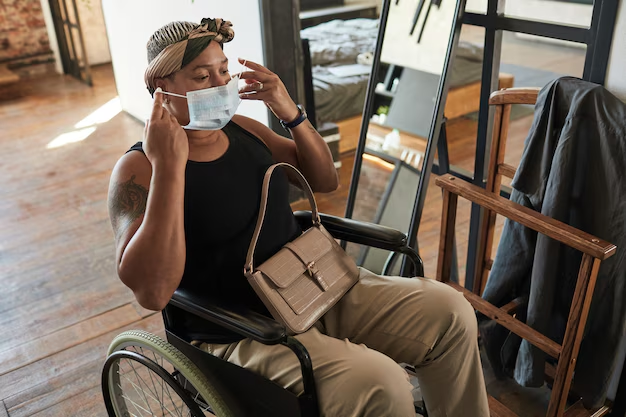Looking Into Stair Lifts and Medicare Coverage: What You Need to Know
Navigating the complexities of healthcare coverage can be daunting, especially when it involves essential home modifications like stair lifts. If you or a loved one are considering a stair lift to improve mobility and safety, understanding whether Medicare covers the cost is a crucial first step. So, does Medicare cover stair lifts? Let's delve in and find out.
Medicare's Policy on Stair Lifts
Medicare, known for providing critical health benefits to millions of Americans, primarily focuses on coverage for medically necessary services and equipment. When it comes to stair lifts, however, the answer is less straightforward. Unfortunately, Medicare does not cover stair lifts. The reasoning? Stair lifts are often categorized under home modifications which Medicare does not deem as medical equipment. Therefore, even though they significantly enhance quality of life for individuals with mobility challenges, stair lifts typically fall outside the blanket of what Medicare Part A or B would cover.
Potential Avenues for Assistance
While Medicare may not alleviate the financial burden of stair lifts, don't lose hope. There are other programs and options to consider that could help offset the costs.
Medicaid Waivers
Unlike Medicare, Medicaid may offer some relief. Depending on your state's specific policy, Medicaid waivers may cover home modifications, including stair lifts, if deemed necessary for you to live safely at home. It's essential to check with your local Medicaid office for eligibility and coverage specifics.
Veterans' Assistance
If you are a veteran, you might qualify for certain benefits through the Department of Veterans Affairs (VA). The VA offers several grants and programs that can help cover the costs of home modifications, making a stair lift a more affordable option.
Non-Profit Organizations and Community Resources
Several non-profit organizations provide financial assistance or low-interest loans to older adults or individuals with disabilities who need home modifications. Exploring local community programs can also offer unexpected pathways to assistance.
Financial Strategies for Stair Lift Acquisition
If external aid is not an option, consider a few practical financial strategies:
Check your private insurance policy. Some long-term care policies might offer coverage or partial reimbursement for stair lifts.
Look into home equity loans or lines of credit. These options enable homeowners to borrow against their home's equity, which could be an effective way to manage stair lift costs.
Investigate manufacturer financing. Many stair lift suppliers offer payment plans or financing programs that allow you to spread the cost over time at a manageable rate.
More than Just Stair Lifts
Deciding on a stair lift is just one piece of the puzzle. Understanding broader financial assistance and planning is valuable for long-term stability and peace of mind. Whether it's exploring credit card solutions that offer great balance transfer terms or tapping into educational grants for retraining and boosting career prospects, be proactive about research and application.
Consider these resources that can offer financial relief and opportunity:
- 💡 Medicaid Waivers: Home modification coverage
- 🦸 Veterans' Assistance Programs: Grants for home adaptation
- 💰 Home Equity Options: Loans and lines of credit
- 🏦 Manufacturer Financing: Payment plans for high-cost items
- 📋 Non-Profit Support: Financial aid from local organizations
- 💳 Credit Card Offers: Balance transfers and low-interest options
- 🎓 Educational Grants: Funding for skill development
By exploring these avenues, you're not only getting closer to acquiring a stair lift but also empowering yourself with the tools and resources to enhance your financial resilience. With the right strategy, you can successfully adapt your space to meet your needs and elevate your quality of life.

Related Topics
- a Medical Provider That Accepts Medicare Assignment Must
- a Medical Provider That Accepts Medicare Assignment Must Quizlet
- a Medicare Patient Received Treatment That Isn't Covered By Medicare
- a Medicare Patient Receives Treatment That Isn't Covered By Medicare
- a Medicare Supplement Basic Benefit Is Quizlet
- a Medicare Supplement Companies
- a Medicare Supplement Policy Is Quizlet
- a Medicare Supplement Policy Must Not Contain Benefits Which
- a Patient Received Treatment In August Medicare
- Am I Eligible For Medicare